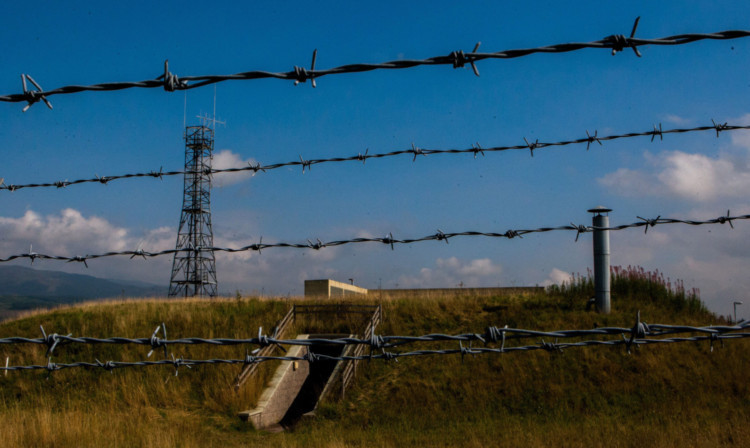Thieves have torn through an “impenetrable” nuclear bunker, causing more than £100,000 worth of damage.
The fall-out shelter at Cultybraggan was designed to protect Scotland’s leaders from attack but was stripped of £30,000 worth of copper by the criminals.
Ironically, the site was once to have been converted into a high-security data centre.
Police are investigating the break-in and have issued an appeal for information.
A police spokeswoman said: “It’s understood that £30,000 worth of copper has been stolen along with damage caused to the premises, which could run into six figures.”
The bunker is one of the most recognisable structures at the former prisoner of war camp at Cultybraggan, near Comrie.
The trust bought the entire camp from the Ministry of Defence in 2007 for around £150,000 and has since set about breathing new life into the site.
A number of the iconic Nissen huts and other structures have been put to a variety of community and business uses.
Efforts have been made to market the bunker, but the most recent to a telecommunications firm eventually failed.
The two-level, 26,600 square foot bunker has 27 rooms above ground level and 22 below.
The windowless structure thought to be the last of its kind in Britain would have acted as the national centre of command in the event of a nuclear attack.
It was kitted out with a TV studio, canteen, telephone exchange and dormitories, as well as decontamination showers, a PA system and a radio mast. Though it cost the nation £30 million when the threat was felt to be very real, it was not completed until 1990, just as the Cold War was ending.
Never used for its initial purpose, the trust continues to work to find a new purpose for it. It was first marketed in 2011 with a guide price of £400,000.
News of the raid comes as the police launch a major crackdown on metal theft across the country.
As part of Operation Caraway, officers from all 14 divisions of Police Scotland and the British Transport Police will be targeting thieves and dealers who trade in stolen material. The damage and disruption caused by the thefts costs the Scottish economy an estimated £700 million each year.
The Comrie Development Trust urged anyone who knows who is responsible for the break-in and damage to contact Tayside Division on 101, but declined to comment further. Alternatively, information can also be passed anonymously to Crimestoppers on 0800 555111.
